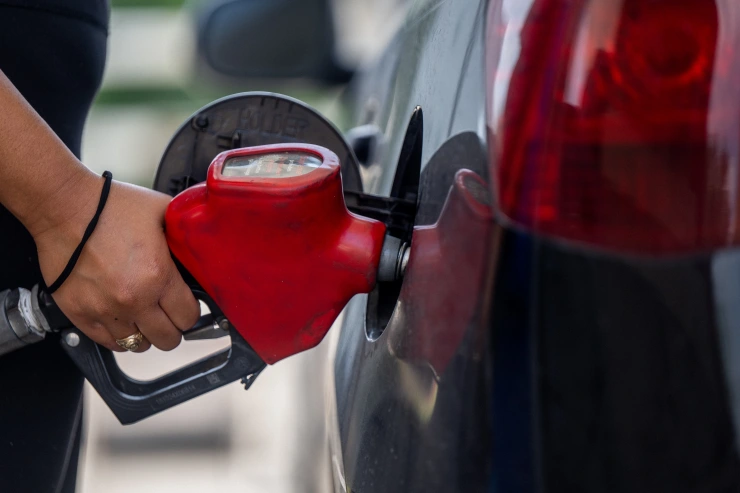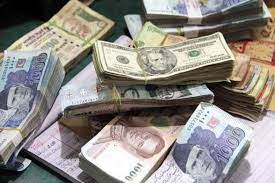In the United States, prices for eggs, petrol, and furniture experienced a decline last month, resulting in a significant reduction in inflation compared to its peak a year ago.
According to the Labor Department, the rate of inflation, which measures the increase in prices, stood at 4% for the 12-month period ending in May. This marked a decrease from 4.9% in April and represented the 11th consecutive month of easing price increases.
As the US central bank convenes to discuss its stance on inflation, officials are considering whether additional measures are necessary to combat it. Over the past year, borrowing costs in the world’s largest economy have been raised considerably in an attempt to control prices, with the Federal Reserve’s key interest rate surpassing 5% after hovering near zero in March 2022.

Market analysts anticipate that the Federal Reserve will maintain interest rates at their current level this month, acknowledging the progress made in alleviating price pressures due to the impact of higher borrowing costs on borrowing and spending.
Notably, the price of eggs has seen a substantial drop of 13.8% compared to last year, representing the largest decrease since 1951. Gasoline prices have also experienced a nearly 20% decline.
Overall, inflation at 4% is the lowest it has been since March 2021, as reported by the Labor Department. However, the update also reveals that prices in many sectors of the economy are still rising steadily, exceeding the 2% rate that the Federal Reserve considers to be healthy.
Housing costs, including rents, continue to rise sharply, and there have been significant price increases in areas such as beer, women’s clothing, and various services, including car maintenance and school fees.
While the headline inflation rate has experienced a sharp decline, largely influenced by decreases in gasoline prices, Brian Coulton, chief economist at Fitch, warns against disregarding the persistently high underlying inflationary pressures indicated by these figures.
In June 2022, inflation in the United States reached a peak of 9.1% due to spikes in energy and food prices caused by the war in Ukraine. This was the fastest rate since November 1981. Although the situation has improved since then, some analysts argue that the Federal Reserve will need to take further action to bring inflation under control.
Core inflation, which excludes volatile food and energy prices and is considered a better indicator of underlying pressures, rose by 0.4% from April to May, maintaining a steady pace for three consecutive months, according to the Labor Department.
Alexandra Wilson-Elizondo of Goldman Sachs Asset Management predicts that the Federal Reserve will not raise interest rates this week but anticipates a reevaluation of the situation at their July meeting. She noted that authorities in Australia and Canada recently resumed rate hikes after pausing, citing persistent inflationary pressures.
In Europe, the European Central Bank is widely expected to raise interest rates at its upcoming meeting this week.






